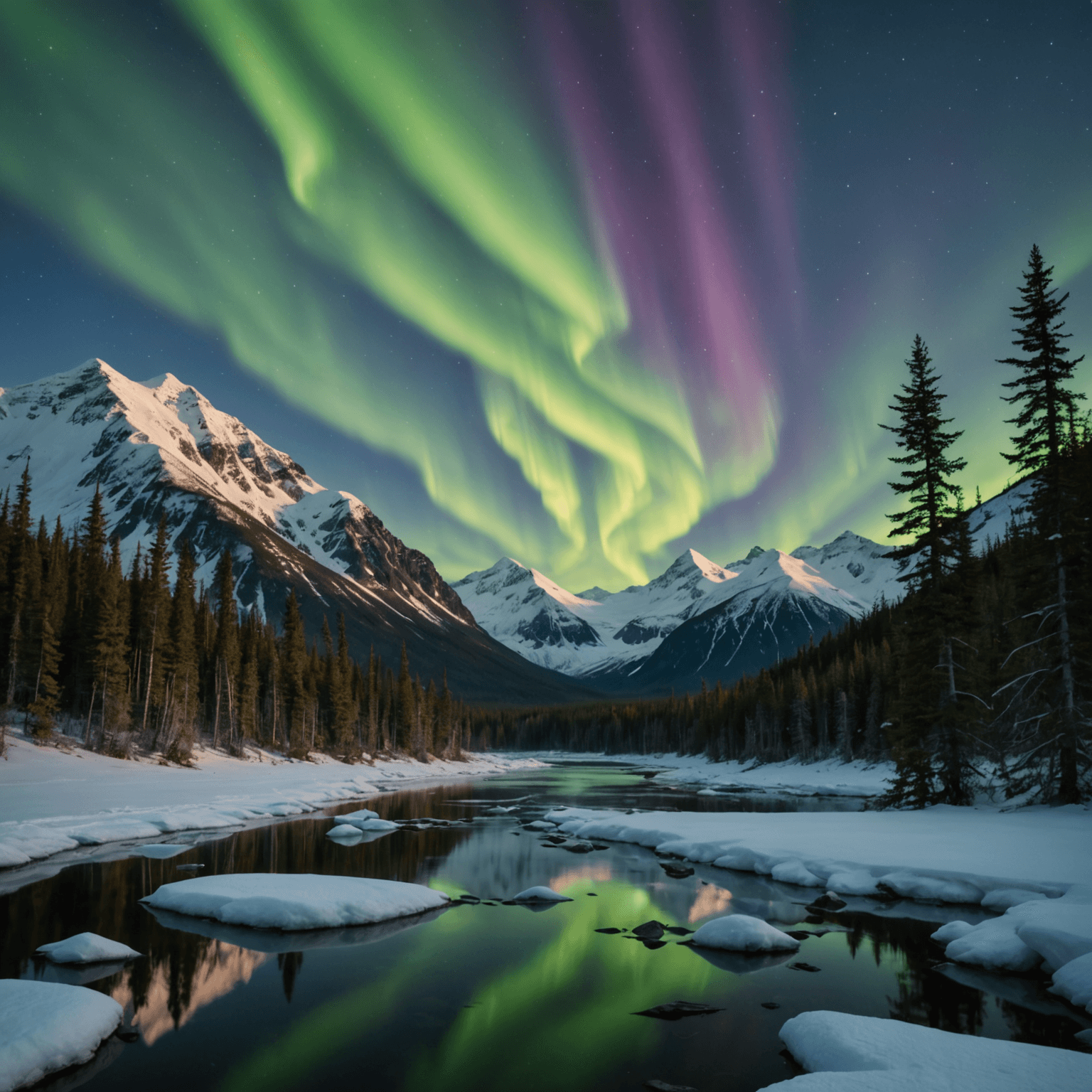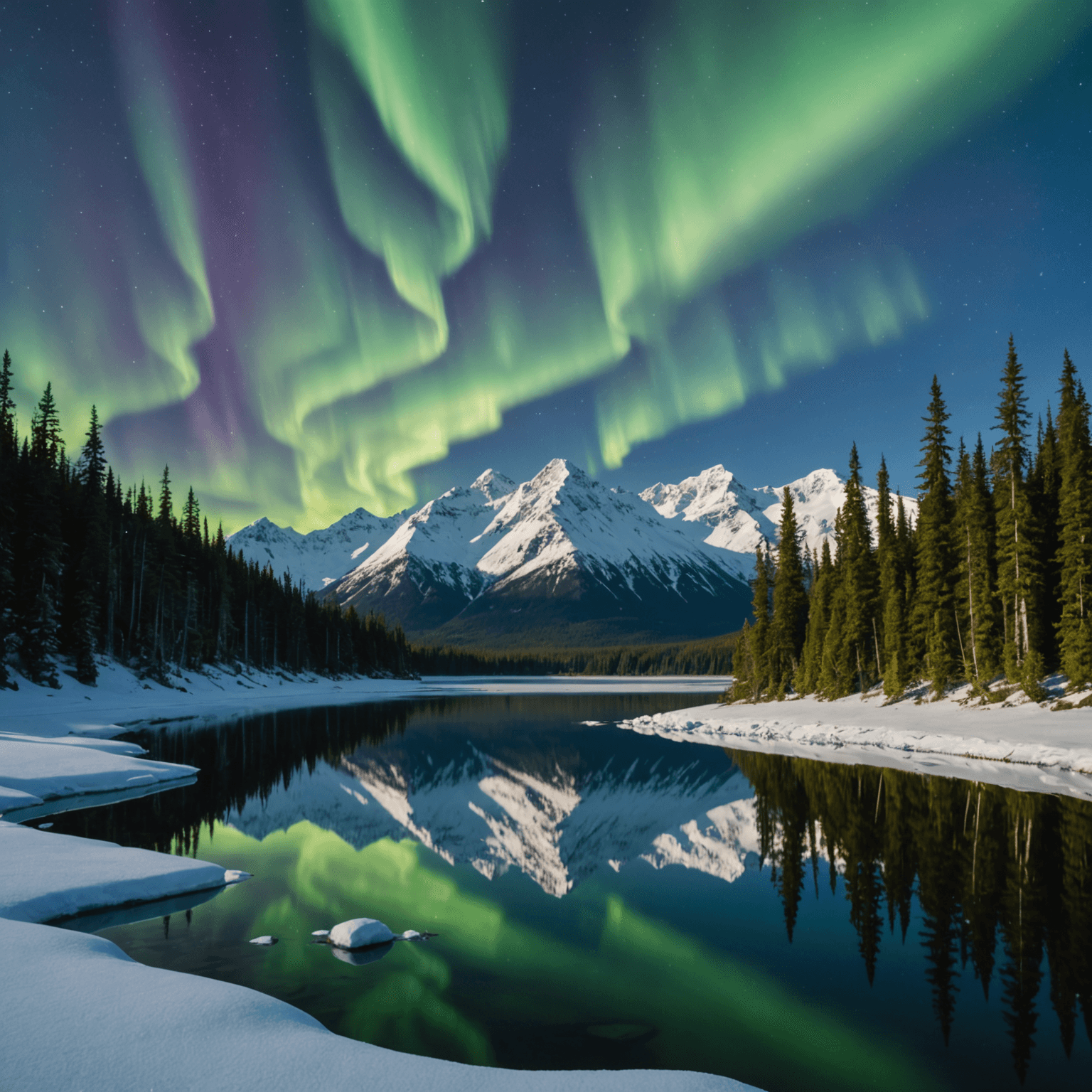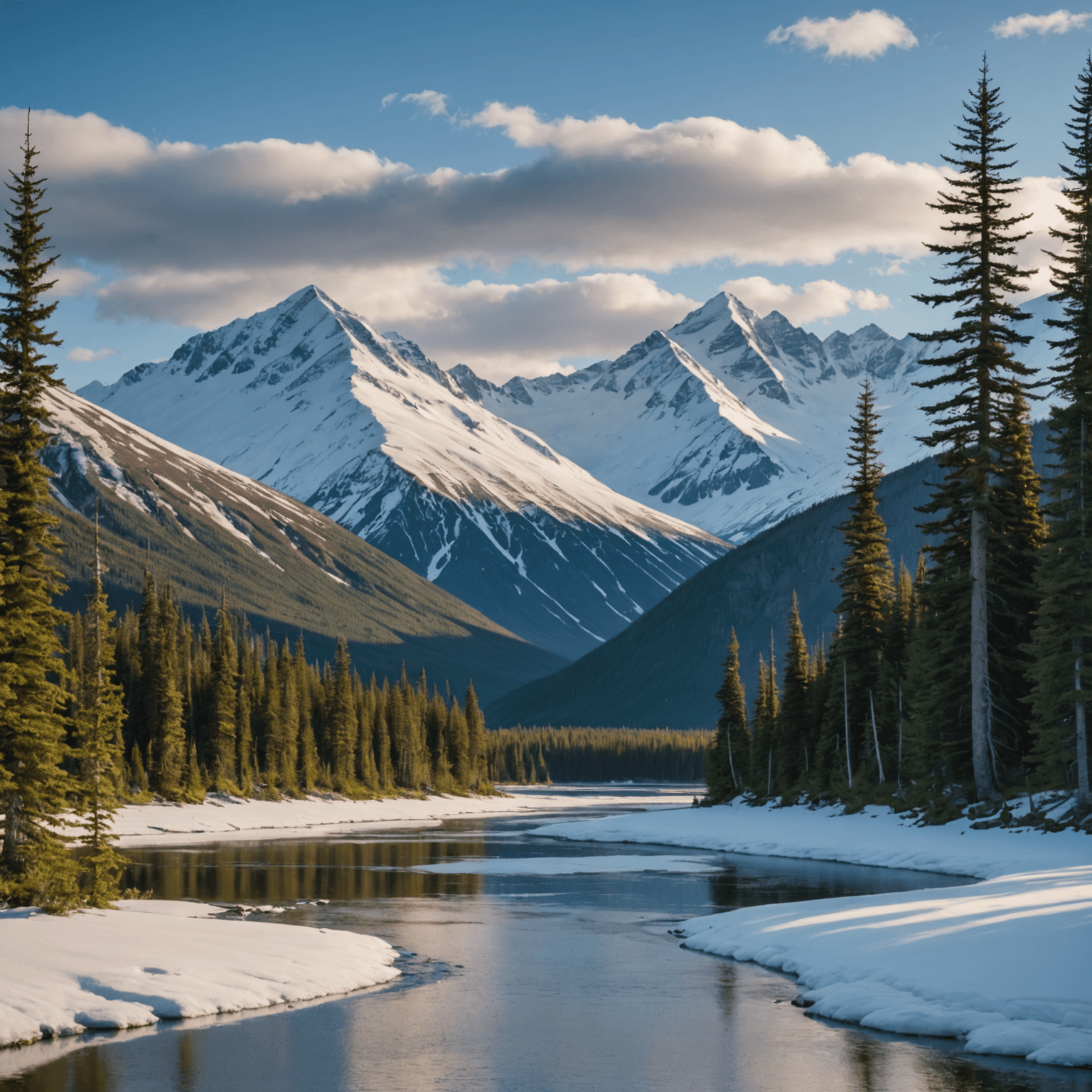Introduction
Dog sledding is a thrilling winter sport that has captured the hearts of adventurers and animal lovers alike. From the historic Iditarod race to the everyday adventures of sled dog teams, this activity is steeped in history and excitement. But what about the early stages of a sled dog’s life? Sled dog puppies play a crucial role in the continuation of this age-old tradition. In this blog post, we’ll explore 10 surprising facts about dog sledding, shedding light on the history, the dogs, and the sport itself.
The Origins of Dog Sledding
Dog sledding has deep roots in history, originating with indigenous peoples in the Arctic regions who relied on sled dogs for transportation and hunting. These early sleds were made from materials readily available in the environment, such as wood and bone. The relationship between humans and sled dogs is a testament to the power of teamwork and trust.
Sled Dog Breeds
While Siberian Huskies and Alaskan Malamutes are the most famous sled dog breeds, there are several other breeds that contribute to the sport. Alaskan Huskies, a mixed-breed specifically developed for dog sledding, are known for their speed and stamina. These dogs are bred with an emphasis on performance rather than appearance, making them ideal for the demands of long-distance racing and touring.
Sled Dog Puppies
The training of sled dog puppies begins early in life. These young dogs are socialized and introduced to harnesses and light sleds to become accustomed to the equipment they will use as adults. The playful nature of puppies is harnessed to build their strength and endurance gradually. This early training is crucial for their development into reliable sled dogs, ready to tackle the challenging terrains of a dog sled adventure tour in summer.
The Iditarod Trail and Beyond
The Iditarod Trail Sled Dog Race is one of the most well-known dog sledding events globally. Spanning over 1,000 miles of rugged Alaskan wilderness, it pushes both musher and dogs to their limits. The race commemorates the historic delivery of diphtheria antitoxin to Nome in 1925, a feat accomplished by a relay of sled dog teams. Beyond the Iditarod, there are numerous dog sledding tours and races that celebrate this incredible sport. For instance, Snowhook Adventures offers unique experiences in Alaska, combining the thrill of dog sledding with breathtaking landscapes.
Sled Dog Speed and Endurance
Despite their endurance, sled dogs are incredibly fast. These canine athletes can reach speeds of up to 20 mph and cover distances of up to 100 miles in a single day. Their ability to maintain such pace over long distances is due to their unique metabolic adaptations, which allow them to convert fat into energy efficiently.

Teamwork and Hierarchy
The success of a dog sled team depends heavily on teamwork and hierarchy. The lead dogs, often the smartest and most focused, guide the team and respond to the musher’s commands. Swing dogs help navigate turns, while team dogs provide power. Finally, wheel dogs are positioned closest to the sled and are typically the strongest, helping to pull the sled out from deep snow or tricky spots.
The Role of the Musher
A musher is more than just a driver; they are the caretaker and trainer of their dog team. Mushers must understand each dog’s personality and abilities, ensuring that every dog is healthy, well-fed, and motivated. The bond between mushers and their dogs is crucial, fostering trust that translates into seamless cooperation on the trail.
Environmental Considerations
Dog sledding is an eco-friendly mode of transportation, relying on the natural energy of dogs rather than fossil fuels. This makes dog sledding a sustainable way to explore snowy landscapes while minimizing the environmental impact. In places like Alaska, dog sled rides provide a unique opportunity to experience nature without leaving a significant ecological footprint.
Safety and Dog Welfare
The welfare of sled dogs is a top priority in modern dog sledding. Race organizers and tour operators adhere to strict guidelines to ensure the health and safety of the dogs. Regular veterinary check-ups, adequate rest, and proper nutrition are essential components of dog care during races and tours. Organizations like the Alaska Department of Fish and Game provide resources to help mushers navigate wildlife encounters safely.
Sled Dog Culture
Dog sledding is not just a sport; it’s a cultural heritage. Communities in the Arctic regions celebrate dog sledding through festivals and events that highlight the skills of mushers and their dogs. These events foster a sense of community and preserve the traditions passed down through generations.

Conclusion
Dog sledding is a fascinating sport that combines adventure, history, and a deep bond between humans and dogs. From the early training of sled dog puppies to the grueling challenges of the Iditarod Trail, this activity captivates the imagination and spirit of those who participate. Whether you’re exploring the Alaskan wilderness on a guided tour or experiencing the thrill of a race, dog sledding offers an unforgettable journey into the heart of winter.
FAQ
1. What breeds are commonly used as sled dogs?
Siberian Huskies, Alaskan Malamutes, and Alaskan Huskies are the most common breeds used in dog sledding due to their strength, endurance, and adaptability to cold weather.
2. At what age do sled dog puppies start training?
Sled dog puppies typically start training at a few months old, focusing on basic commands and socialization. They gradually progress to more intensive training as they mature.
3. Are sled dogs well-cared for during races and tours?
Yes, sled dogs receive excellent care, with regular health checks, proper nutrition, and rest periods to ensure their well-being during races and tours.
4. How fast can sled dogs run?
Sled dogs can reach speeds of up to 20 mph and are capable of covering long distances, making them excellent endurance athletes.
5. What is the Iditarod Trail Sled Dog Race?
The Iditarod is a renowned long-distance sled dog race in Alaska, commemorating a historic serum delivery to Nome. It covers over 1,000 miles of challenging terrain.
6. How can I experience dog sledding in Alaska?
You can experience dog sledding in Alaska through various tours and adventures offered by companies like Snowhook Adventures, which provide guided sled dog rides and unique wilderness experiences.
7. Is dog sledding environmentally friendly?
Yes, dog sledding is an eco-friendly activity that relies on the natural energy of dogs, making it a sustainable way to explore snowy landscapes.
8. What role does a musher play in a sled dog team?
A musher is responsible for driving the sled and caring for the dogs, ensuring they are healthy, motivated, and well-trained for the journey ahead.




